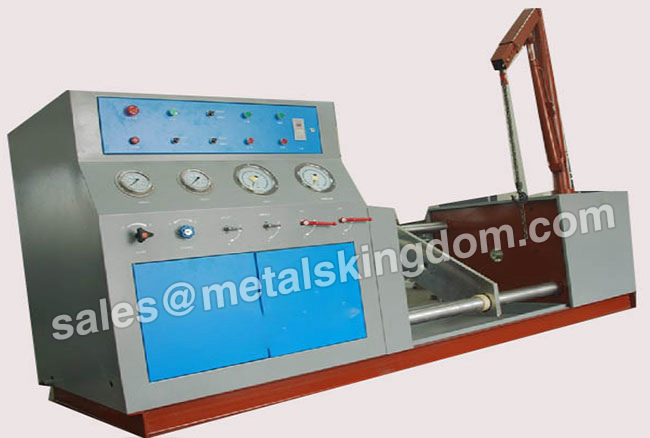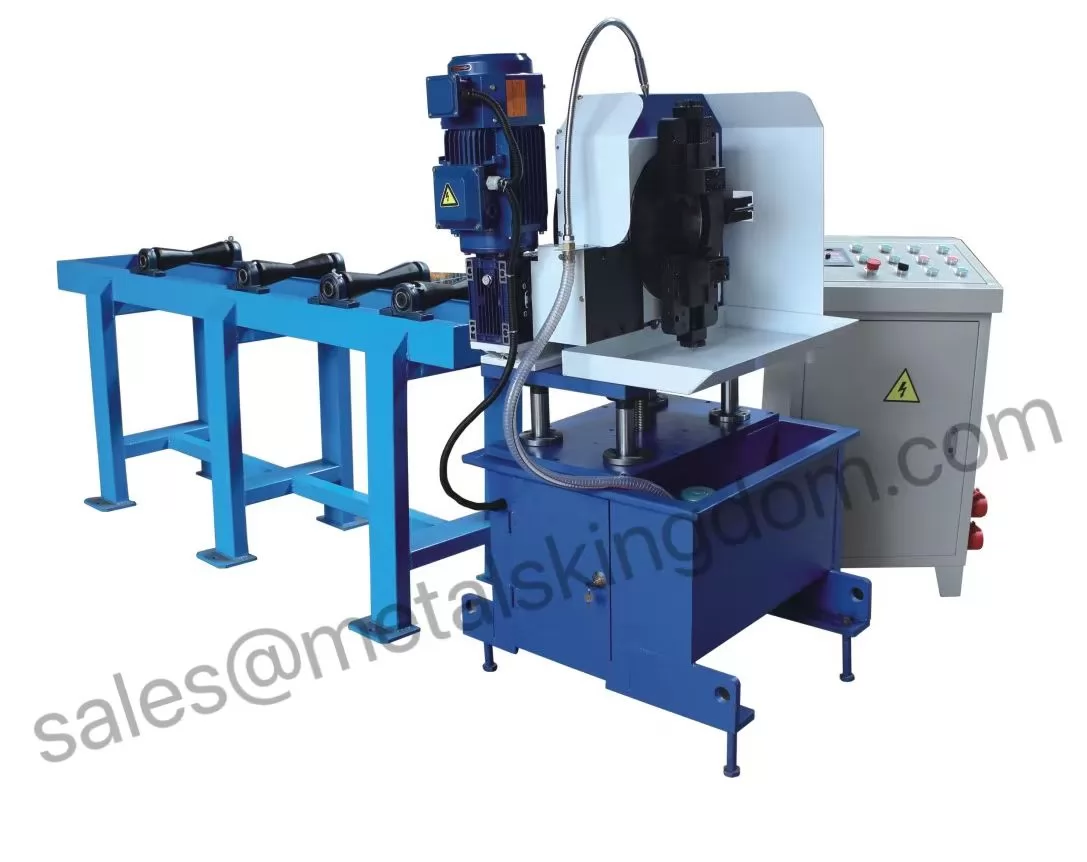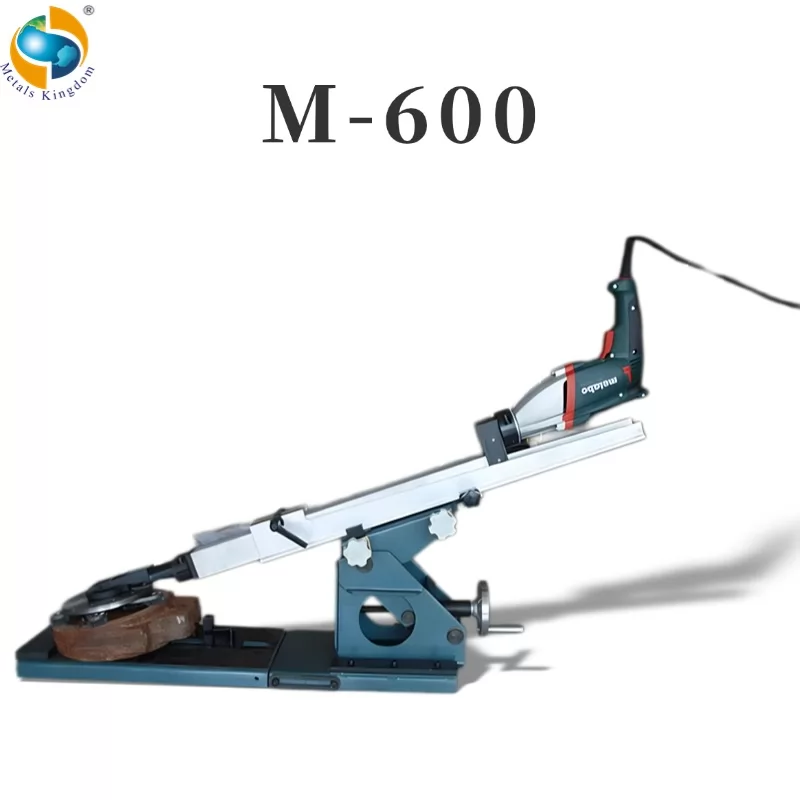Valve testing bench is used for reliable sealing quality of valves and valves after inspection and maintenance. The last step after valve production and valve disassembly inspection and maintenance is pressure test. The detection method used should be based on national or international standards. American standards (ANSI / ASME, API), German standards (DIN), European standards (EN), and international standards (ISO) are the most commonly used standards. Pressure test bench tests on valve sealing performance can be divided into the following types: Shut-off valves (gate valves, globe valves, ball valves, check valves, etc.) Control valve safety valves Although the standards for valve pressure test are different, but for each The detection method is roughly the same for each type of valve. The most important ones are: testing the strength of the valve body; testing the tightness of the valve body, stem and shaft joint; testing the tightness of the seat or base (if possible); determining the take-off pressure of the safety valve. Achieving maximum benefits and lasting and stable maximum benefits are the operating goals of every healthy enterprise.
2 disadvantages
The cost of valve testing machine imported from abroad is too high, the sales and after-sales service channels are not perfect, and the domestic valve test bench needs to be perfected at a late start.

Valve Testing Bench
3 working principle
Valve testing bed adopts the clamping method of positioning on the valve flange end face and the movable anti-jaw to clamp the back of the flange. There is no external force that affects the test results of the valve under test, and it meets the valve test requirements specified by national standards.
The structure of this machine can be roughly divided into hydraulic system, electrical control system, movable jaws of left and right table, hydraulic pressure supply device and media circulation system. The right table is provided with a clamping mechanism and a 90-degree turning mechanism. The clamping mechanism is composed of a clamping device of a clamping jaw and a radial movement device. The clamping device of the clamping jaw is directly driven by each oil cylinder to make each claw receive. Uniform force and reliable clamping. The radial movement device of the clamping jaw adopts a lever type structure, and realizes the radial synchronous movement of each jaw. The left workbench can advance and retreat automatically. And has the characteristics of good performance, simple and compact structure. The hydraulic electrical control system is installed in the bottom fixed frame and is the control part of the test bench. Under the joint control with the electrical equipment, the various agencies can coordinate their actions to meet the requirements of the test procedure.
4 Features
The valve test bench integrates electromechanical, hydraulic, pressure testing, and storage and recycling of liquid media into one, and has the characteristics of complete functions, stable performance, and high degree of automation. It is widely used for strength, sealing and leakage of various high, medium and low pressure valves with straight-through flanges with nominal diameters DNl 5-1000mm and various performance tests. Test medium: water, gas, oil. The maximum sealing test pressure is 32.0 MPa, and the strength is 48 0 MPa.












